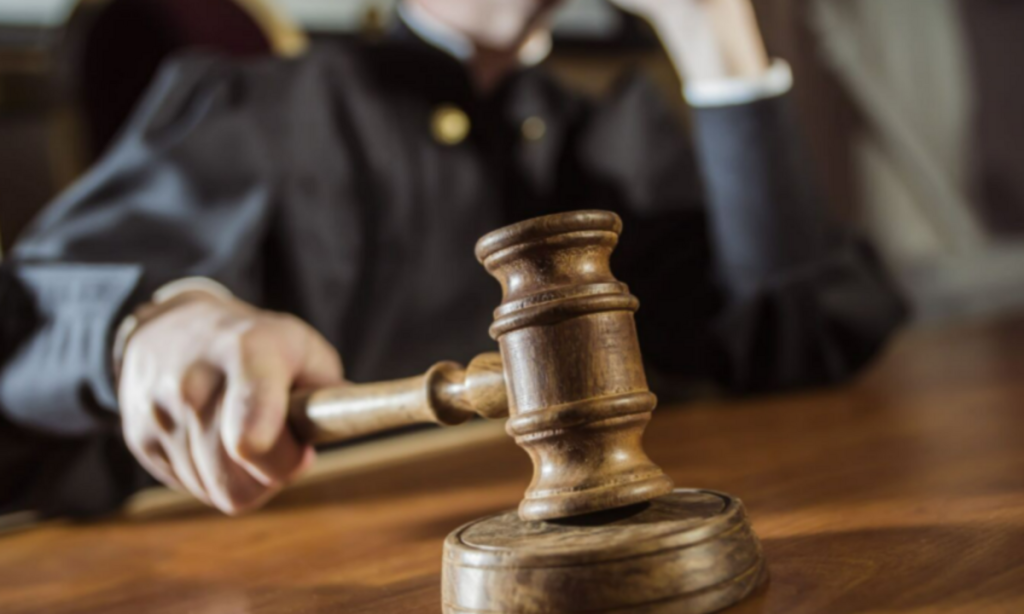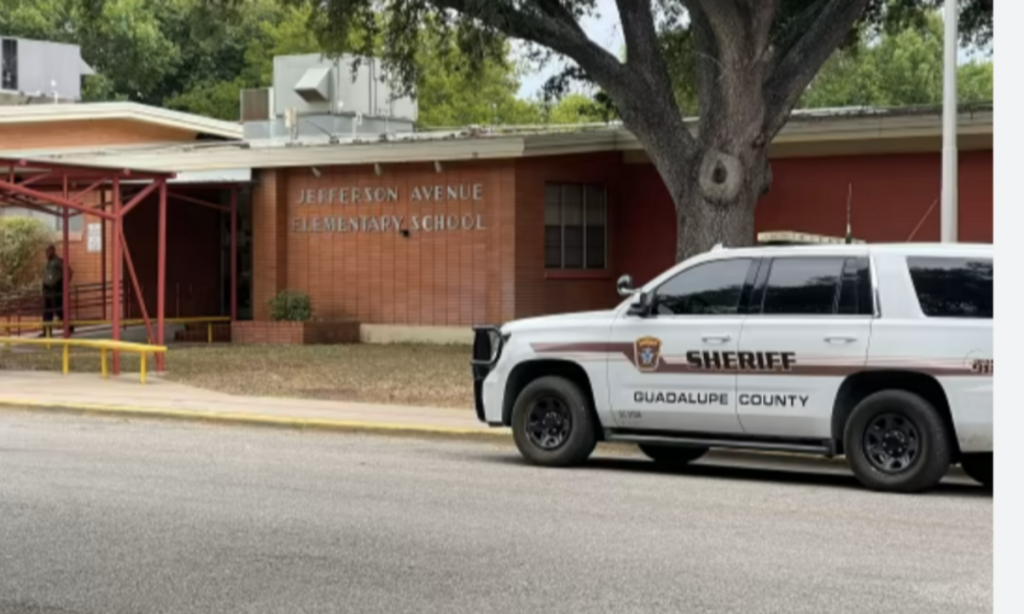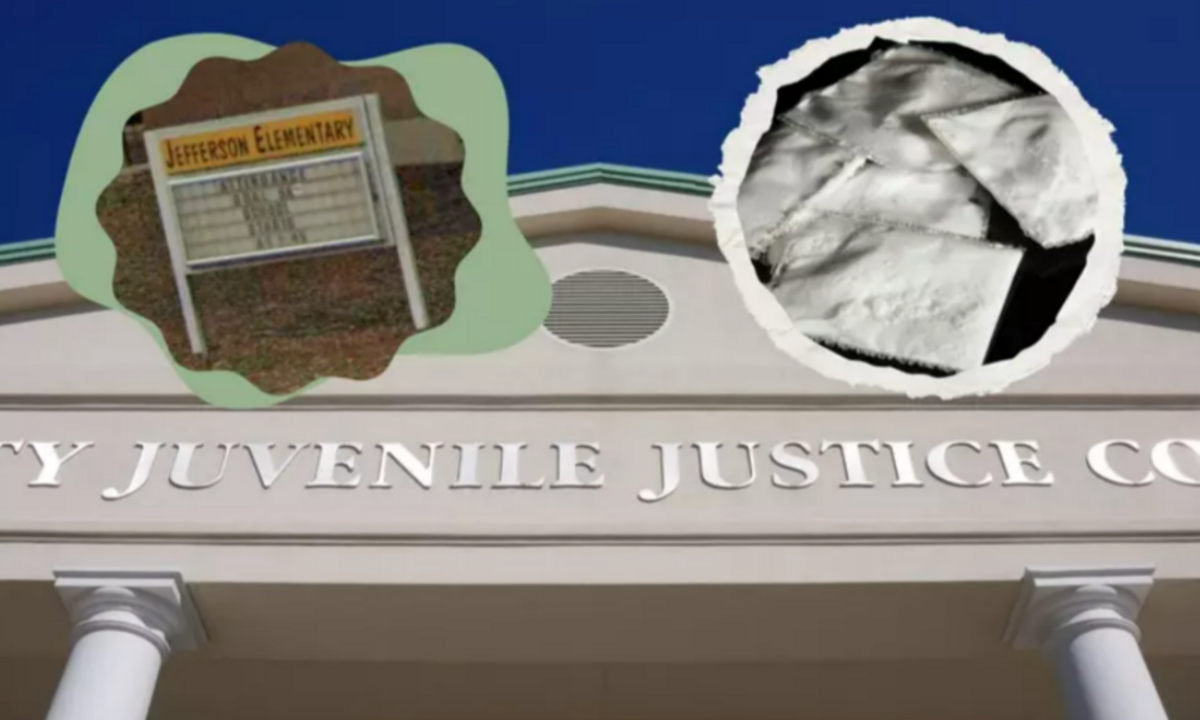In a shocking turn of events, a 10-year-old fifth-grade student was arrested in Seguin, Texas for bringing cocaine to her school. The incident occurred at Jefferson Elementary School.
when a student discovered a small bag containing a white powder hidden inside a desk. The student immediately alerted school authorities, setting off a swift response from the school and law enforcement.
Discovery and Immediate Response
It was Thursday morning when a student at Jefferson Elementary School discovered the suspicious white powder inside a desk. After reporting the find to the school staff, the authorities quickly took action. The school resource officer was informed and began an investigation into the matter. Upon further inspection, the substance was identified as cocaine hydrochloride, a dangerous illegal drug that can have severe effects on health.
The investigation quickly revealed that the 10-year-old girl was the one who had brought the cocaine to school. She was immediately taken into custody and charged with possession of a controlled substance in a drug-free zone. This charge carries serious legal consequences, especially considering that schools are designated as drug-free zones under state and federal laws.
The Arrest and Legal Action
The arrested girl was transported to the Guadalupe County Juvenile Probation Department for processing. Being under the age of 18, she was treated as a juvenile in accordance with the law. While the girl’s identity has not been publicly disclosed due to her age, the arrest has raised serious questions about how young students can gain access to illegal substances, such as cocaine.
The Seguin Independent School District (ISD) has been fully cooperative with law enforcement and has stressed the importance of ensuring the safety and well-being of all students. The school principal addressed the situation by sending out a statement to parents. The statement assured families that a thorough investigation had been conducted and that the necessary disciplinary actions had been taken per school policies and legal requirements. The district is working closely with local authorities to determine how the girl came into possession of the drug and what led to her bringing it to school.
The Role of the School Resource Officer
One of the key figures in this case is the school resource officer (SRO), who was involved from the moment the discovery was made. The role of the SRO is crucial in ensuring safety within schools, particularly when it comes to incidents like this one, which involve potential threats to students’ health. SROs are trained to handle situations involving illegal substances, weapons, or other dangerous situations in a school setting.
The quick actions taken by the school resource officer helped prevent what could have been a much more serious situation. The officer’s swift response to remove the student and begin an investigation allowed the situation to be handled effectively and securely, ensuring the safety of other students on campus.
Impact on the School Community
This incident has left many in the Seguin community shocked. Schools are typically considered safe places where students go to learn and grow, so an event like this brings up important concerns about student safety, access to Cocaine, and the role of education in preventing substance abuse. While the specific circumstances of how the girl obtained the cocaine are still under investigation, it is clear that there is a growing need for Cocaine prevention education in schools across the nation.
The case also raises questions about the availability of illegal drugs among minors, and the role of parents and guardians in monitoring their children’s activities and behavior. School officials and law enforcement are working together to gather more information to determine the source of the drugs and to ensure that the child’s family is involved in addressing the situation.
What is Cocaine Hydrochloride?
For those unfamiliar with the term, cocaine hydrochloride is the salt form of cocaine, which is a stimulant drug that affects the brain by increasing dopamine levels. The drug causes intense euphoria, but it is also highly addictive and harmful to one’s health. Cocaine hydrochloride can also cause serious health problems such as heart attack, stroke, and respiratory failure. It is classified as a penalty group 1 substance, which means it is considered one of the most dangerous and illegal drugs.
What Happens Next?
As the investigation continues, it is crucial to remember that incidents like this are not just about criminal charges but also about addressing the underlying issues. Many students are often unaware of the dangerous consequences of engaging with illegal substances, which is why education and intervention are key in preventing similar situations in the future.
The girl, now in the juvenile justice system, will likely face a process designed to address her involvement in this incident while considering her age and circumstances. This situation could lead to her participation in rehabilitative programs rather than just punishment. The focus will likely be on supporting the child’s well-being and addressing any underlying issues that contributed to her actions.

Conclusion
This incident at Jefferson Elementary School serves as a wake-up call for the importance of drug prevention programs, awareness, and community involvement in keeping children safe from the dangers of substance abuse. Schools, parents, and law enforcement must work together to ensure that students understand the risks of drug use and that resources are available to help those who may be exposed to drugs in harmful ways. It is only through cooperation and education that similar incidents can be prevented in the future.
Disclaimer—Our team has checked this article to ensure its accuracy and eliminate any misinformation. We are committed to providing clear and reliable information for our readers.


